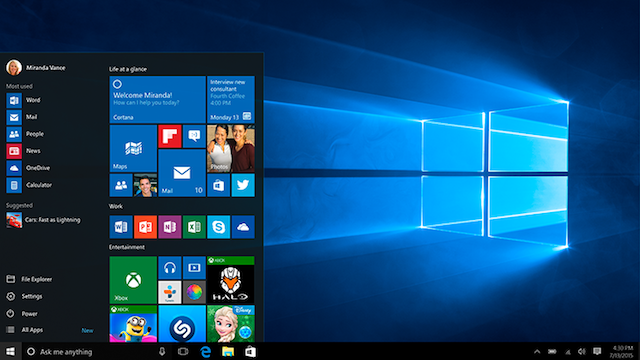

- #GTHUMB MAC OS ALTERNATIVE ANDROID#
- #GTHUMB MAC OS ALTERNATIVE SOFTWARE#
- #GTHUMB MAC OS ALTERNATIVE CODE#
#GTHUMB MAC OS ALTERNATIVE CODE#
When writing our codes, we use Sublime Text and Visual Studio Code depending on the project. See moreĪt, we use HTML5, CSS 3, Sass, Vanilla.JS and PHP when building our premium WordPress themes and plugins. But it's also the case that most bugs I experience when using Ubuntu are Ubuntu-specific issues, especially on servers (in part because Ubuntu has a bunch of "cloud management" stuff pre-installed that is definitely a regression if you're not using Canonical's cloud management products). Ubuntu has better integration of non-free drivers, which may be important if you have hardware that requires them. I wouldn't recommend them to anyone not actively participating in Ubuntu the development community). (While Ubuntu in theory releases every 6 months, their non-LTS releases are effectively betas: They're often unstable, only have 9 months of support, etc. The experience with Ubuntu and Debian stable releases is pretty similar: A solid release every 2 years that's supported for a few years. I think everyone has seen the better experience using Ubuntu in the shift of prevalence from RHEL to Ubuntu in what most new companies are deploying on their servers, and I expect that trend to continue as long as Red Hat is using the RPM system (and I don't really see them as having a path to migrate).
#GTHUMB MAC OS ALTERNATIVE SOFTWARE#
I haven't dealt with RPM in the last couple years, but every experience I've had with RPM is that the RPM tools are slower, have less useful options, and it's more work to package software for them (and one makes more compromises in doing so). This is large part due to a huge amount of investment into tools like debhelper/dh over the years by the Debian community. We use Debian and its derivative Ubuntu because the apt ecosystem and toolchain for Debian packages is far superior to the yum-based system used by Fedora and RHEL. We think an AWS Greengrass core on an RPI4 could communicate to the client with MQTT or a local webserver with a client web interface.Īny thoughts would be much appreciated. We are primarily Python programmers, so PyQt or Kivy are options for us, but we have heard good things about React Native, Flutter, Xamarin, and others. Question: We want to develop a cross-platform client to run on Windows, Mac, Android, IOS, and possibly Linux. We may use the AWS GreenGrasss edge computing solution and either MQTT or HTML for that function.
#GTHUMB MAC OS ALTERNATIVE ANDROID#
The crew might have an Android or IoS phone or a Windows or macOS PC to receive alerts and interact with sensors. When the boat is offshore, the captain and crew still need normal and emergency alerts and real-time sensor information. When the boat has internet, we interact with AWS cloud using lambda and Amazon DynamoDB. The IoT devices have sensors all over the boat for engine oil pressure, position, water depth, fuel level, crew location, etc. We are developing an AWS IoT app for large boats. Intercom for communications with end-user and Mailjet for marketing. You can be super locked-in if you also rely on it's analytics, but we use Amplitude for that, which offers us great insights. We also use its authentication mechanisms. Firebase is used mainly as a key-value store between services and as a backup database for users. We use JWT auth to authenticate requests among services and from users, following GitHub philosophy of using the same infrastructure than its API consumers.

We use a microservices structure on top of Zeit's that read from firebase. The gain for a app that relies less on native communication, sensors and OS tools should be even higher.Īlso it helps us set different testing stages: we use Travis CI for the javascript (business logic), Bitrise to run build tests and for #end2end automated user tests. The drawback is that we require lots of native Android SDK and Objective-C modules, so a good part of the invested time is there. We are using React Native in #SmartHome to share the business logic between Android and iOS team and approach users with a unique brand experience.


 0 kommentar(er)
0 kommentar(er)
